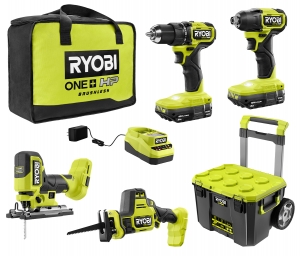How to Fix Loose Electrical Outlets
A Guide on How to Fix Loose Electrical Outlet
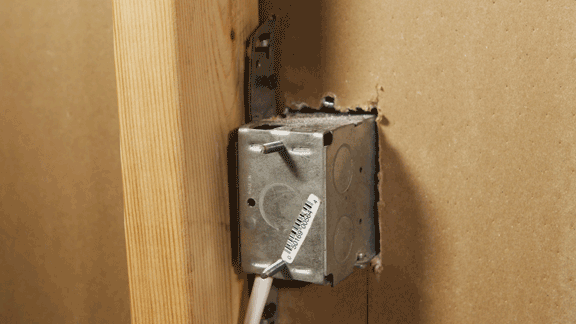 Have you ever wiggled an electrical plug out of the socket? Or, had to pull hard at an angle because the outlet moved? You might be wondering why they become loose and how to fix loose electrical outlets.
Have you ever wiggled an electrical plug out of the socket? Or, had to pull hard at an angle because the outlet moved? You might be wondering why they become loose and how to fix loose electrical outlets.
The constant movement over time and the position of the electrical box can cause electrical sockets to become loose. This is not only frustrating but can potentially be dangerous if left unrepaired.
In my video, I have pinpointed several solutions for this problem. These range from simple fixes like tightening screws to more complex problems like fitting spacers behind the electrical box. Not to worry - I have found several easy solutions that will repair this annoying and potentially dangerous problem for good.
SAFETY FIRST:
Whenever dealing with electricity, you will want to shut off the main power from your electrical breaker box. To be sure that the power is turned off to the electrical socket, use a circuit tester. This inexpensive tool is a fast and convenient way to verify whether the outlet is actually delivering power. Circuit testers typically look like a pen with a tip that you stick into the outlet or look like an AC plug with red and yellow light indicators.
TIGHTENING SCREWS:
There are a few reasons why outlets can become loose. In my case, the screws needed to be tightened because the outlet moved around inside the electrical box. The solution is simply to remove the cover plate and tighten the screws connecting the outlet to the box. Now, the cover plate is flush with the outlet and is firmly in place.
ELECTRICAL BOX SET BACK:
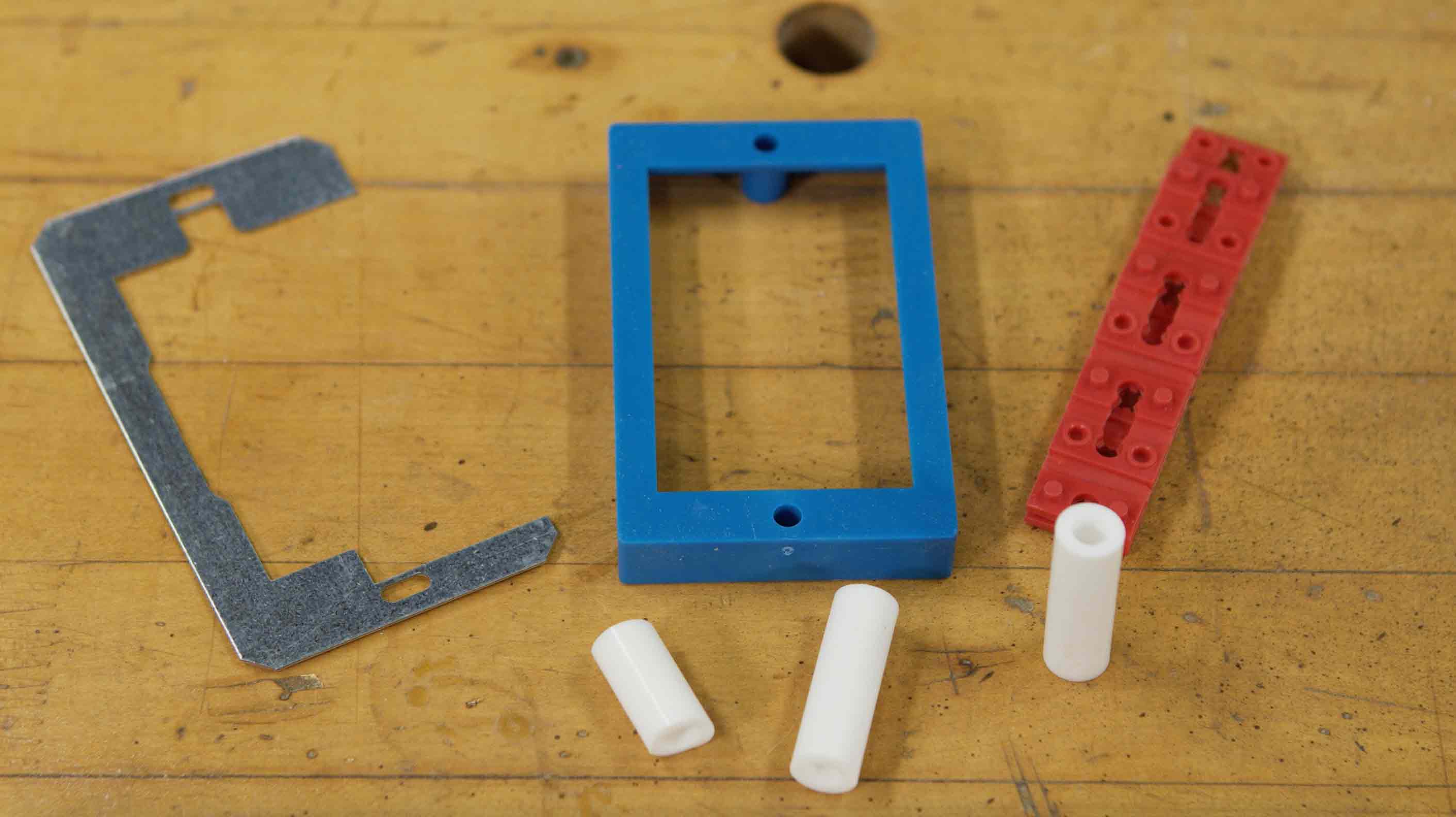 If you’ve tried that, and it has not solved your problem, it may be that the electrical box is set too deep into the wall. You will know if that is your issue because tightening the screws will cause the outlet to be recessed from the cover plate. If you find that your electrical box is set deep in the wall, then your solution will be to use spacers to help the screws attach to the electrical box. There are a number of different types of spacers to use which I demonstrate in the video.
If you’ve tried that, and it has not solved your problem, it may be that the electrical box is set too deep into the wall. You will know if that is your issue because tightening the screws will cause the outlet to be recessed from the cover plate. If you find that your electrical box is set deep in the wall, then your solution will be to use spacers to help the screws attach to the electrical box. There are a number of different types of spacers to use which I demonstrate in the video.
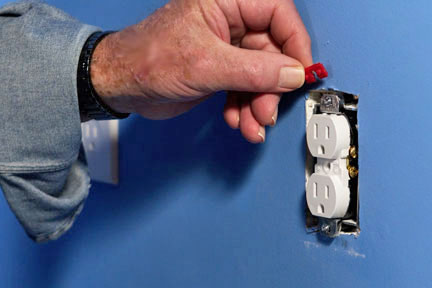 The first type of spacer is easily customizable as it comes in a long strip that can be folded and cut, as demonstrated in the video. You will be able to fold these to the right thickness that you require to fix the wobbly outlet. These can simply be placed between the outlet and the box and tightened to achieve the perfect fit. Red Switch and Receptacle Spacers
The first type of spacer is easily customizable as it comes in a long strip that can be folded and cut, as demonstrated in the video. You will be able to fold these to the right thickness that you require to fix the wobbly outlet. These can simply be placed between the outlet and the box and tightened to achieve the perfect fit. Red Switch and Receptacle Spacers
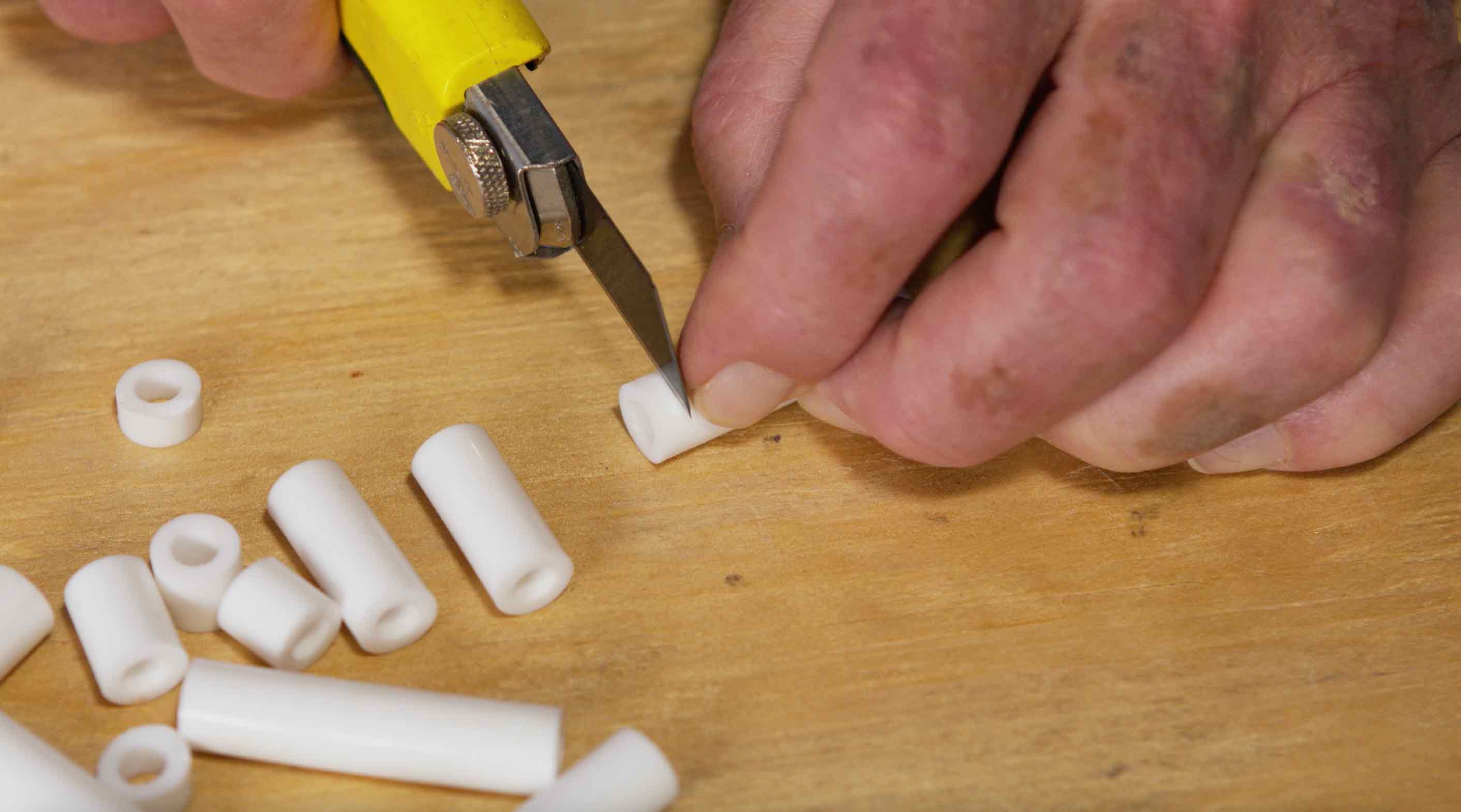 Another type of spacer is plastic tubing made specifically for this use, Plastic Round Tubing Spacers. These come in different lengths, and the best approach is to take a utility knife to cut and fit it based on the gap that you are trying to fix. Once you have carefully cut a piece of the plastic tubing with the utility knife, back up the screws of the outlet and slip the screw inside the spacer. Tighten until the outlet is flush with the cover plate and it is stable.
Another type of spacer is plastic tubing made specifically for this use, Plastic Round Tubing Spacers. These come in different lengths, and the best approach is to take a utility knife to cut and fit it based on the gap that you are trying to fix. Once you have carefully cut a piece of the plastic tubing with the utility knife, back up the screws of the outlet and slip the screw inside the spacer. Tighten until the outlet is flush with the cover plate and it is stable.
SCENARIO WHERE ELECTRICAL BOX IS SET TOO FAR BACK:
If your electrical box is on a wall with backsplash tile, wainscotting, or an additional layer of wallboard, it may be recessed so far into the wall where even a spacer won’t help. In this instance, where your electrical box is extremely recessed and spacers aren’t enough, there is another solution 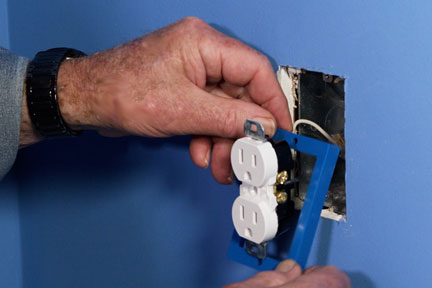 to fix this problem. You can use a box extender like this Receptacle Outlet Box Extender. Simply pull the receptacle out of the box and slip the extender over the outlet. When it’s in place, simply tighten the screws.
to fix this problem. You can use a box extender like this Receptacle Outlet Box Extender. Simply pull the receptacle out of the box and slip the extender over the outlet. When it’s in place, simply tighten the screws.
In some cases, it is possible that your loose outlet is the result of a loose electrical box within the wall. It is possible to fix this problem with a wall plate spacer - without having to open up the wall. Slipping the spacer plate behind the receptacle and tightening the screws should do the job!
A loose outlet may be frustrating, but it can be easily fixed with one of these solutions. Whether your outlet is slightly loose from a screw, or if you need a type of spacer for a better fitting, watch the full video for an in-depth solution to fix your loose outlet.
Recommended Articles

The How’s and Why’s of Upgrading a Central AC System
A step-by-step video demonstration showing removal and replacement of a central air conditioning system. Includes advantages of new, state-of the-art AC systems.

If You’ve Got a Project That Involves Demolition, You’ll Want to Know About This Tool.
I try out a new tool designed and engineered to do one task exceptionally well -- demolition.
